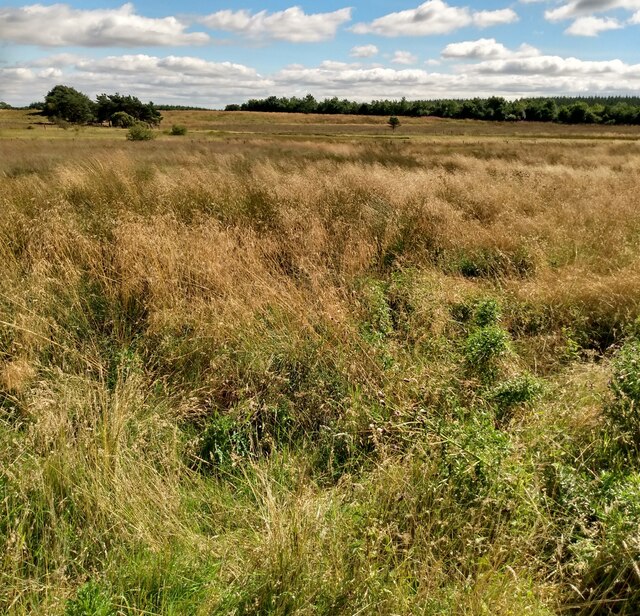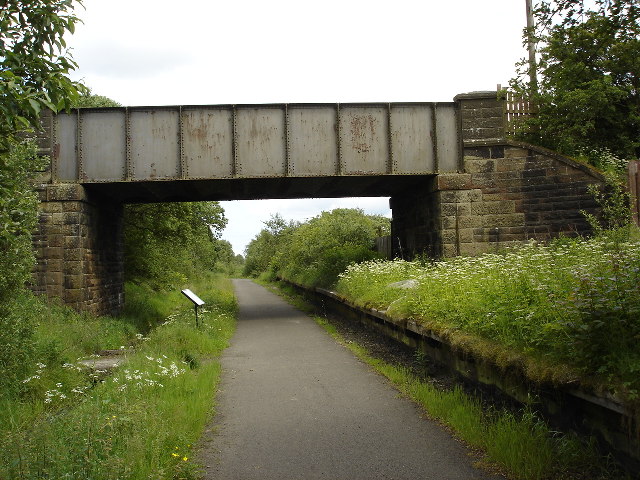Bedlormie Wood
Wood, Forest in West Lothian
Scotland
Bedlormie Wood

Bedlormie Wood is a picturesque woodland located in West Lothian, Scotland. Covering an area of approximately 100 acres, it is renowned for its natural beauty and diverse wildlife.
The wood is predominantly composed of native tree species, including oak, birch, and rowan. These trees create a dense canopy that provides shade and shelter for a wide range of flora and fauna. Bluebells carpet the forest floor in spring, creating a colorful and enchanting display.
The wood is crisscrossed by a network of well-maintained walking trails, making it a popular destination for hikers and nature enthusiasts. These trails offer visitors the opportunity to explore the woodland and discover its hidden treasures, such as ancient stone ruins and a small stream that meanders through the trees.
Wildlife thrives in Bedlormie Wood, with a variety of bird species, including woodpeckers and owls, making it their home. The wood is also home to several mammal species, such as red squirrels, badgers, and deer. It is not uncommon to spot these creatures during a leisurely walk through the forest.
Bedlormie Wood is managed by the local authorities, who ensure its preservation and conservation. Visitors are requested to follow the designated paths and refrain from littering or disturbing the natural habitat.
Overall, Bedlormie Wood offers a tranquil and idyllic retreat for anyone seeking a connection with nature. Its beauty and biodiversity make it a must-visit destination for both locals and tourists alike.
If you have any feedback on the listing, please let us know in the comments section below.
Bedlormie Wood Images
Images are sourced within 2km of 55.882686/-3.8049571 or Grid Reference NS8766. Thanks to Geograph Open Source API. All images are credited.
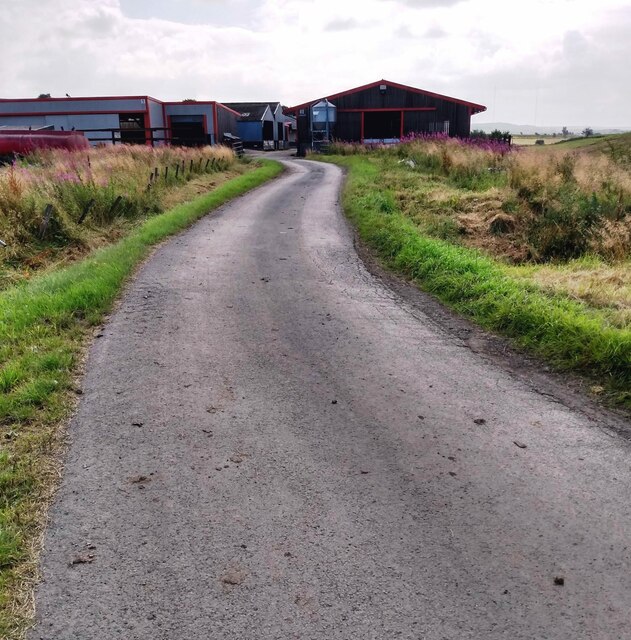
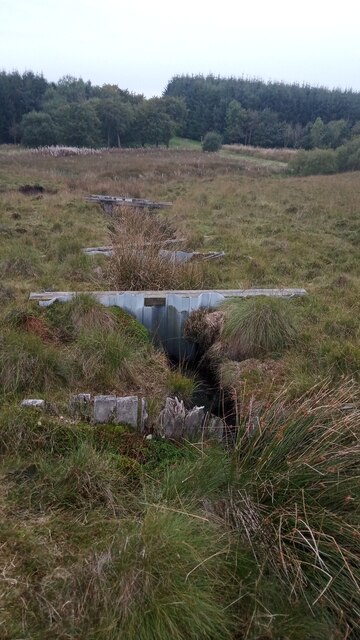
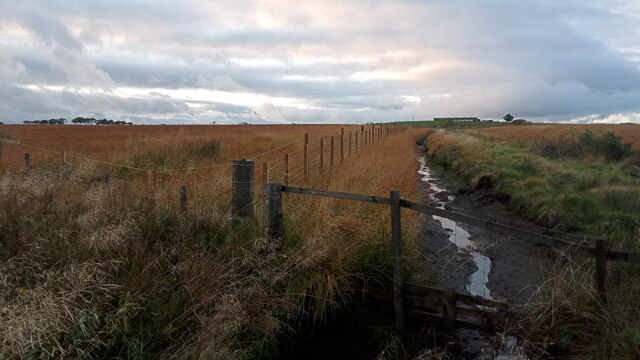

Bedlormie Wood is located at Grid Ref: NS8766 (Lat: 55.882686, Lng: -3.8049571)
Unitary Authority: West Lothian
Police Authority: The Lothians and Scottish Borders
What 3 Words
///weeks.difficult.ketchup. Near Blackridge, West Lothian
Nearby Locations
Related Wikis
Hillend Loch Railway Path
The Hillend Loch Railway Path, also known as the Airdrie to Bathgate Railway Path, is a rail trail located in central Scotland. The path is approximately...
A89 road
The A89 is a trunk road in Scotland, United Kingdom. It runs from High Street, Glasgow to Newbridge in Edinburgh. It was once the A8, which has now been...
Blawhorn Moss
Blawhorn Moss is a raised bog located to the northwest of the village of Blackridge, about 6 kilometres (3.7 mi) west of Armadale in the council area of...
Forrestfield railway station, NBR
Forrestfield railway station served the settlement of Forrestfield, North Lanarkshire, Scotland from 1862 to 1930 on the Bathgate and Coatbridge Railway...
Nearby Amenities
Located within 500m of 55.882686,-3.8049571Have you been to Bedlormie Wood?
Leave your review of Bedlormie Wood below (or comments, questions and feedback).





